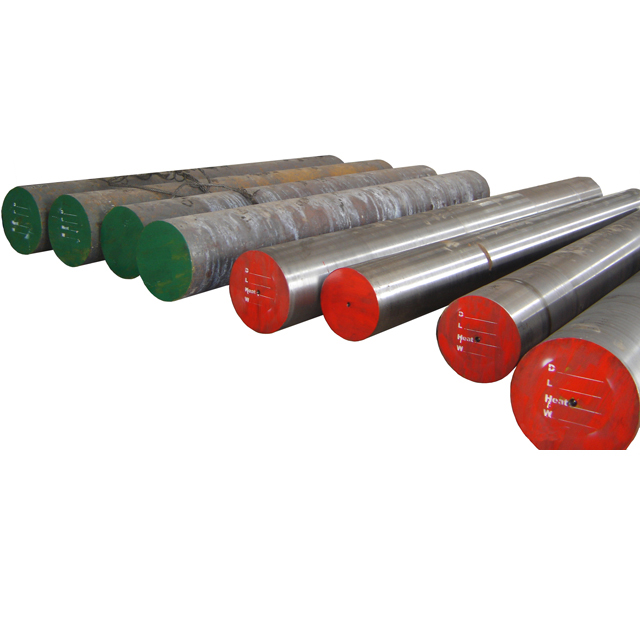

Views: 0 Author: Site Editor Publish Time: 2025-10-11 Origin: Site








As an important type of mold, hot work molds are constantly subjected to alternating cold and hot impact loads in practical work, so the mechanical performance requirements for steel materials used in hot work molds have always been high. Some studies have found that the fatigue test of 4Cr5MoSiV1 hot work die steel is carried out at 700 ℃. As the total strain amplitude increases, the steel first undergoes cyclic hardening and cyclic softening. The crack sources at the fracture surface continue to increase, the stripe spacing gradually widens, and the fatigue life gradually decreases. The main reason for cyclic softening of die steel in fatigue tests is related to its cellular structure, carbide precipitation, etc. The structure of 4Cr5Mo2NiV hot work die steel after quenching is composed of lath, acicular martensite and a small amount of carbide. After tempering, the steel appears secondary hardening. 4Cr5Mo2NiV steel is quenched at 1010 ℃+tempered at 600 ℃, and its strength and plastic properties match well. The quenching temperature of 5Cr4NiMo2VCo hot work die steel should not exceed 1030 ℃. After exceeding 1030 ℃, the grain size of the steel becomes significantly coarser. The optimal tempering temperature for this steel is 510 ℃. Compared with H13 die steel, 5Cr4NiMo2VCo steel exhibits better tempering stability.
4Cr4Mo3W1V1 steel, as a new type of hot work die steel, can achieve optimal strength toughness matching through reasonable quenching and tempering processes. The quenched microstructure of 4Cr4Mo3W1V1 steel mainly consists of martensite and undissolved carbides. As the quenching temperature increases, the carbides in 4Cr4Mo3W1-V1 steel gradually dissolve and the grain size gradually increases. The hardness of 4Cr4Mo3W1V1 steel quenched at 1100 ℃ reaches the maximum value of 62.4HRC. The hardness of 4Cr4Mo3W1V1 steel shows a trend of first increasing and then decreasing with the increase of tempering temperature, and the impact absorption energy shows a trend of first decreasing and then increasing. The hardness and impact absorption energy of 4Cr4Mo3W-1V1 steel quenched at 1100 ℃ and tempered at 600 ℃ reached 58.2HRC and 46J, respectively, with the best comprehensive performance.

<del id="wwsio"></del> 